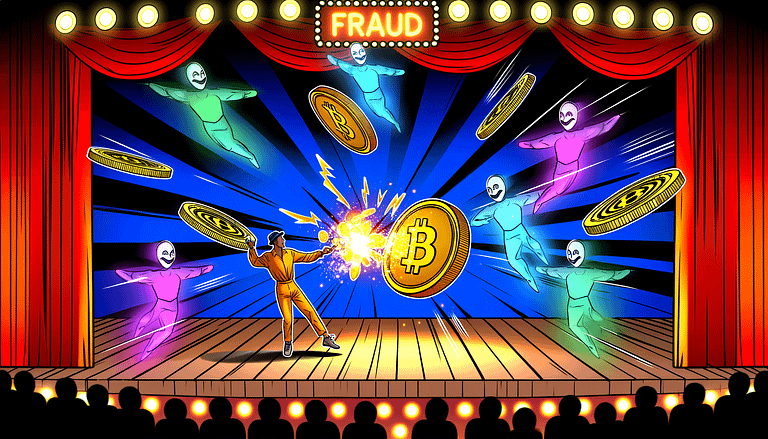Bitcoin Runes Protocol’s Impact Wanes After Initial Surge
In A Nutshell
The recent launch of the Bitcoin Runes protocol, coinciding with the fourth Bitcoin halving, initially spurred a significant surge in transaction volumes on the Bitcoin blockchain. This new protocol, part of the broader Bitcoin decentralized finance (BTCFi) movement, aimed to introduce fresh utility to the network. Despite capturing over 50% of transaction activity at its peak, interest has sharply declined, with Runes transactions now representing a fraction of their former volume.
Initial Surge and Subsequent Decline
Following its introduction on April 20, the Runes protocol quickly dominated Bitcoin blockchain traffic, marking a significant increase in transactions. This phenomenon was particularly noticeable over several weekends, with peaks where Runes transactions constituted 81.3% of all network activity. Such intense activity also translated into substantial mining revenue, which surpassed the $100 million threshold, reaching a daily record of $107.7 million. However, this surge was short-lived. By early May, the share of Runes transactions dramatically fell to 11.1%, and despite a brief resurgence, it has settled to a lower baseline of 12.7% of all Bitcoin transactions by May 22.
Comparative Transaction Shares
Even at its reduced volume, Runes transactions still account for a more significant share of Bitcoin’s network activity compared to other protocols such as Bitcoin Ordinals and BRC-20, which stand at 0.7% and 1.5%, respectively. This shift represents an over 84% decrease from the protocol’s all-time high, underscoring a rapid wane in user engagement with Runes.
Bitcoin DeFi: A Wider Perspective
The introduction of Runes, alongside Ordinals and BRC-20, has been part of a larger effort to diversify the Bitcoin blockchain’s utility through decentralized finance (DeFi) mechanisms. This initiative seeks to leverage the inherent security and robustness of the Bitcoin network by creating new use cases that extend beyond its traditional role. Despite the current dip in transaction volumes, experts believe that the real value and market opportunities of these protocols will become more apparent as the initial hype subsides and more sustainable use cases emerge.
Our Take
The initial enthusiasm for the Runes protocol and its subsequent decline is a familiar pattern within the cryptocurrency sector, where new technologies frequently experience rapid hype cycles. However, the significance of Runes, Ordinals, and BRC-20 in pioneering Bitcoin DeFi should not be underestimated. These innovations represent key steps toward expanding Bitcoin’s utility beyond a store of value or medium of exchange, tapping into the burgeoning DeFi sector. While the immediate impact may seem fleeting, the long-term implications for the Bitcoin network and the broader cryptocurrency landscape could be profound. As the dust settles, the enduring value of these protocols will likely emerge from their ability to harness Bitcoin’s unmatched security and decentralization features in creating new financial ecosystems.







